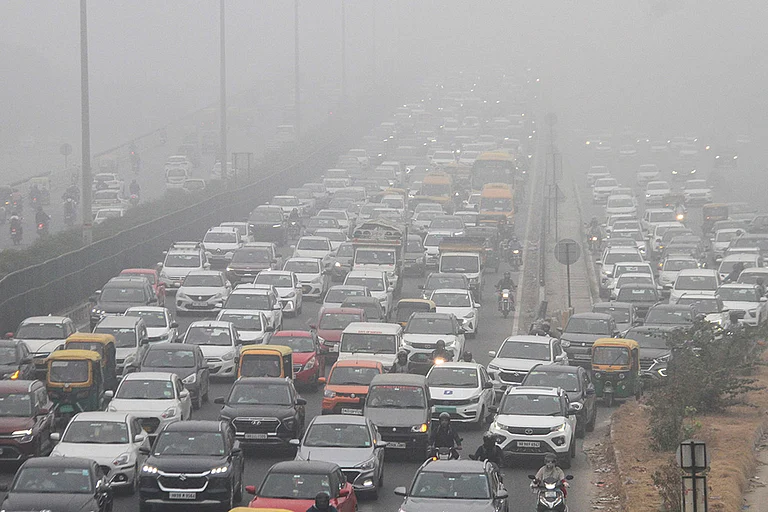'Twas the season to spend and spend they did! US consumers were in a festive mood this past holiday season, but the aftermath is ringing alarm bells as Federal Reserve data released on Monday indicates near-record-breaking debt balances.
According to the latest Consumer Credit report, consumer borrowing surged by a staggering $23.75 billion in November, more than doubling economists' expectations and pushing outstanding credit balances beyond the $5 trillion mark for the first time in history.
The spike in credit balances was primarily driven by a substantial increase in revolving credit, including credit cards, which soared by nearly $19.5 billion. This marks the third-highest monthly increase on record, dating back to 1943. While higher revolving debt balances can result from population growth and increased card usage, the sharp rise is causing concern, particularly as delinquencies have reached their highest level since 2012.
Ted Rossman, Bankrate senior industry analyst, highlighted the surge in credit card and Buy Now, Pay Later usage during the holidays. The unexpectedly high delinquency rates challenge the notion that the post-pandemic economic recovery would lead to a normalization of credit balances, as reported by CNN.
Despite robust consumer spending, there are signs that the pace might start to slow. A separate report by the Federal Reserve Bank of New York revealed a drop in consumers' median spending growth expectations for December to 5.02%, the lowest since May 2021. However, Americans expressed improved feelings of optimism about the overall economy and inflation.
Inflation expectations have fallen to the lowest level in three years, according to the same report. The Federal Reserve closely monitors these expectations as they can influence consumer behavior and impact the broader economy. Lower inflation expectations might lead to reduced spending, affecting demand and wages.
Responding to these trends, Rossman noted, "The fact that consumers expect inflation to continue to come down is a good thing. Consumer sentiment has been in the doldrums for years, largely due to inflation gobbling up Americans' wage gains."
Looking ahead, the Federal Reserve is considering a trio of rate cuts in 2024 to stimulate economic activity. Lower interest rates could ease the burden on consumers, making it more accessible to make significant purchases. However, this move could also signal the end of the peak savings rates observed in recent times.
The New York Fed's December 2023 survey indicated a decline in the mean probability of savings accounts carrying higher interest rates. Despite this, respondents expressed optimism about credit access and overall financial health.
The survey also revealed a decline in pessimism about current and future financial situations, indicating a more positive outlook despite lower expected earnings growth.



























